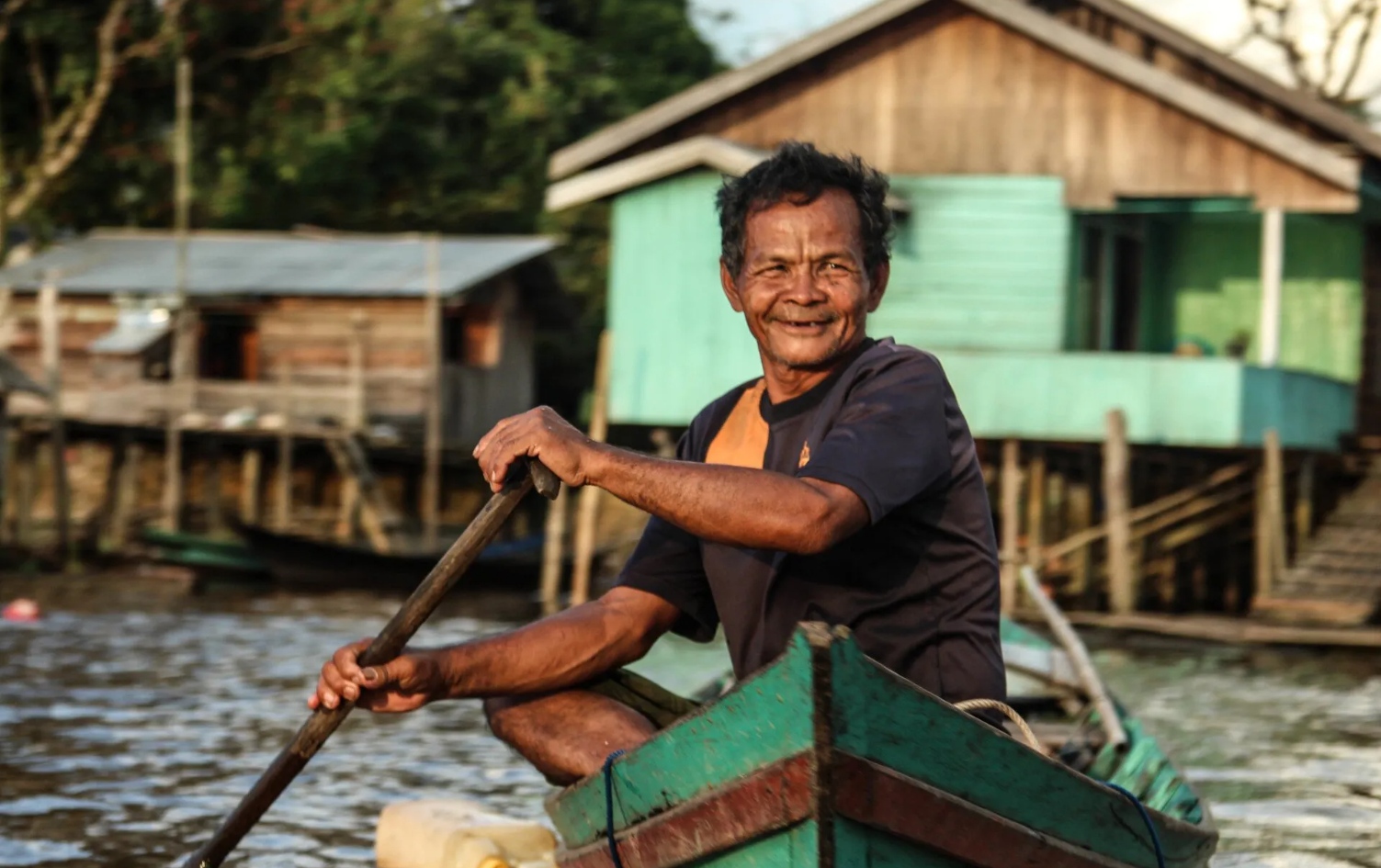
Indonesia occupies less than one percent of the earth’s landmass but has the third largest expanse of tropical forest after the Amazon and the Congo basin. These forests are home to an estimated 10 – 15 percent of all animal and plant species, placing it in the top three countries in terms of biodiversity. They are also a massive carbon sink, absorbing CO2 from the atmosphere as they grow.
Indonesia’s forests also provide the basis for the livelihoods and well-being of some 40 million rural and indigenous people.
Yet despite their unique value, they are under threat from industrial agriculture, illegal logging and forest fires.
Indonesia was an early adopter of REDD+, an initiative to reduce emissions from deforestation and forest degradation, under the UNFCCC and since 2008, has had country-wide programme to address the causes of deforestation, monitor changes in forest cover, and distribute funding to support the conservation and sustainable management of forests and carbon-rich landscapes. This includes a policy that bans clearing of primary natural forests and peatlands, which, since 2011, has protected 66.1 million hectares.
Because between 2014 and 2016 it avoided 20.3 million tons of carbon emissions, the Green Climate Fund (GCF) in August 2020 approved a US$103.8 million payment for REDD+. The vast majority of this, some US$93.4 million, will support and expand decentralized sustainable forest governance, including its Social Forestry Programme. Since 2008 under this landmark programme, 12.7 million hectares, about ten percent of Indonesian state forest have been designated for indigenous or local community management. The programme formalizes respect for customary or collective tenure rights and provides funding for sustainable forest management, community-based conservation initiatives, and forest and landscape restoration.
It aims to alleviate poverty, halt deforestation, and end forest conflicts by giving local communities the opportunity to manage forests themselves, and to develop sustainable livelihoods. “Since we got the community forest permit, we have forested the area for orange, coffee, and avocado crops. Besides, we have started to develop environmental services such as camping grounds and agroforestry tourism. We are also free to build cooperation and ask for support from the government and other parties,” says Mr Rosy, a leader Kibuk Community Forest in Kota Pagar Alam, in South Sumatra.
GCF will support Indonesia to realize the full potential of its Social Forestry Programme. Between 2021 and 2025, at least 50 percent of the money will be disbursed through a UNDP performance-based payment that encourages social forestry.
Aidil Fitri, Executive Director of HaKl, a local NGO supporting social forestry, reflects on progress since 2008; “Social forestry has secured the life of millions of forest people. They had lived in uncertain situations for decades, but now their knowledge, cultures, and forests are recognized by the government. They can generate income while keeping their forest.”

